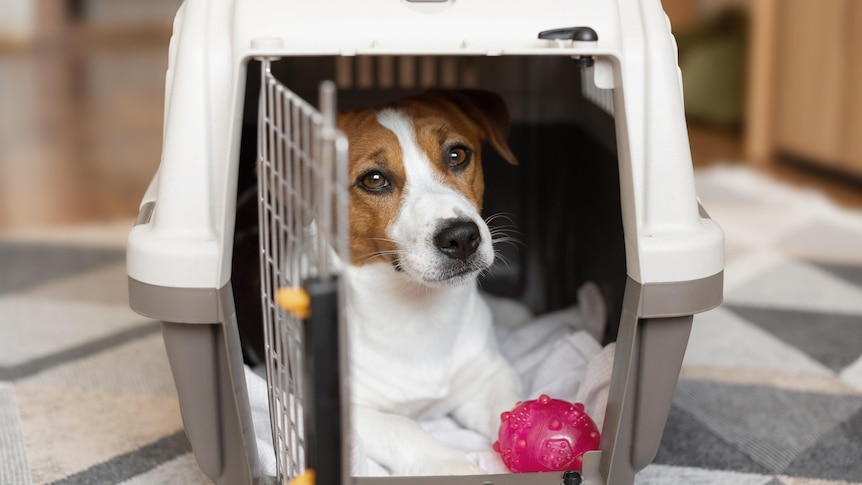Virgin Australia has announced plans to implement in-cabin flights for small pets, allowing them to travel alongside their owners on domestic routes. This initiative is set to begin before the end of the year, marking a significant change in airline policies regarding pet travel. Previously, pets were required to travel as freight, but with this new service, owners can enjoy the company of their pets during flights.
Determining if a pet is suitable for air travel can be challenging for owners. Jade Currie, an animal program manager at The Lost Dogs’ Home, emphasizes the importance of assessing a pet’s temperament and adaptability. She advises pet owners to consider how their animal may react to the busy atmosphere of an airport and the confined space of an aircraft.
Identifying Suitable Pets for Air Travel
In March 2024, Virgin Australia confirmed that small pets, specifically those that can fit in designated carriers under the seat, will be eligible for in-cabin travel. According to Kate Mornement, a board-certified applied animal behaviourist based in Melbourne, dogs and cats that are calm and accustomed to new environments are best suited for this type of travel.
Dr. Mornement, who holds a PhD in canine behaviour, suggests that familiarizing pets with the travel experience will enhance their comfort. “The more owners can help them get used to all the different aspects involved in travelling in an aeroplane, the more likely they’ll be comfortable,” she states.
Additionally, Dr. Susan Hazel, an associate professor at the University of Adelaide’s School of Animal and Veterinary Sciences, advises pet owners to evaluate their pets’ reactions to noise and crowded spaces. For instance, anxious dogs that are sensitive to sound may find flying particularly distressing, which could impact their welfare during the journey.
Preparing Your Pet for Their First Flight
Preparation is key for a successful pet travel experience. Dr. Mornement emphasizes that the sooner owners can begin familiarizing their pets with the travel process, the better. Crate training is an essential step; she recommends gradually introducing pets to their carriers in a comfortable and positive manner.
“Many pet owners make the mistake of only putting their cat in the carrier for unpleasant trips, like to the vet, which can increase anxiety,” she explains. Instead, she suggests using the carrier for positive experiences, accompanied by rewards such as treats.
To acclimate pets to airplane sounds, Dr. Mornement advises playing recordings of airplane white noise at home. Teaching dogs simple commands, such as settling down when needed, can also facilitate a smoother travel experience.
In addition to crate training, exposing pets to various environments—like busy cafes or parks—can help them adapt to new stimuli, ultimately leading to a more relaxed demeanor during flights.
As the travel day approaches, Currie advises owners to pack comfort items for their pets. These might include favourite toys, treats, or a familiar blanket, all of which can provide reassurance during the journey.
While navigating the airport and boarding the plane, Dr. Mornement highlights the importance of monitoring pets for signs of stress. Some animals may vocalize their discomfort, while others may become withdrawn. Being attentive to these signals allows owners to address their pets’ needs effectively.
With Virgin Australia’s new policy set to launch soon, pet owners are encouraged to prepare their furry companions for a unique travel experience. By assessing their pets’ readiness and taking proactive steps to ensure comfort, owners can look forward to enjoyable journeys together.





























































